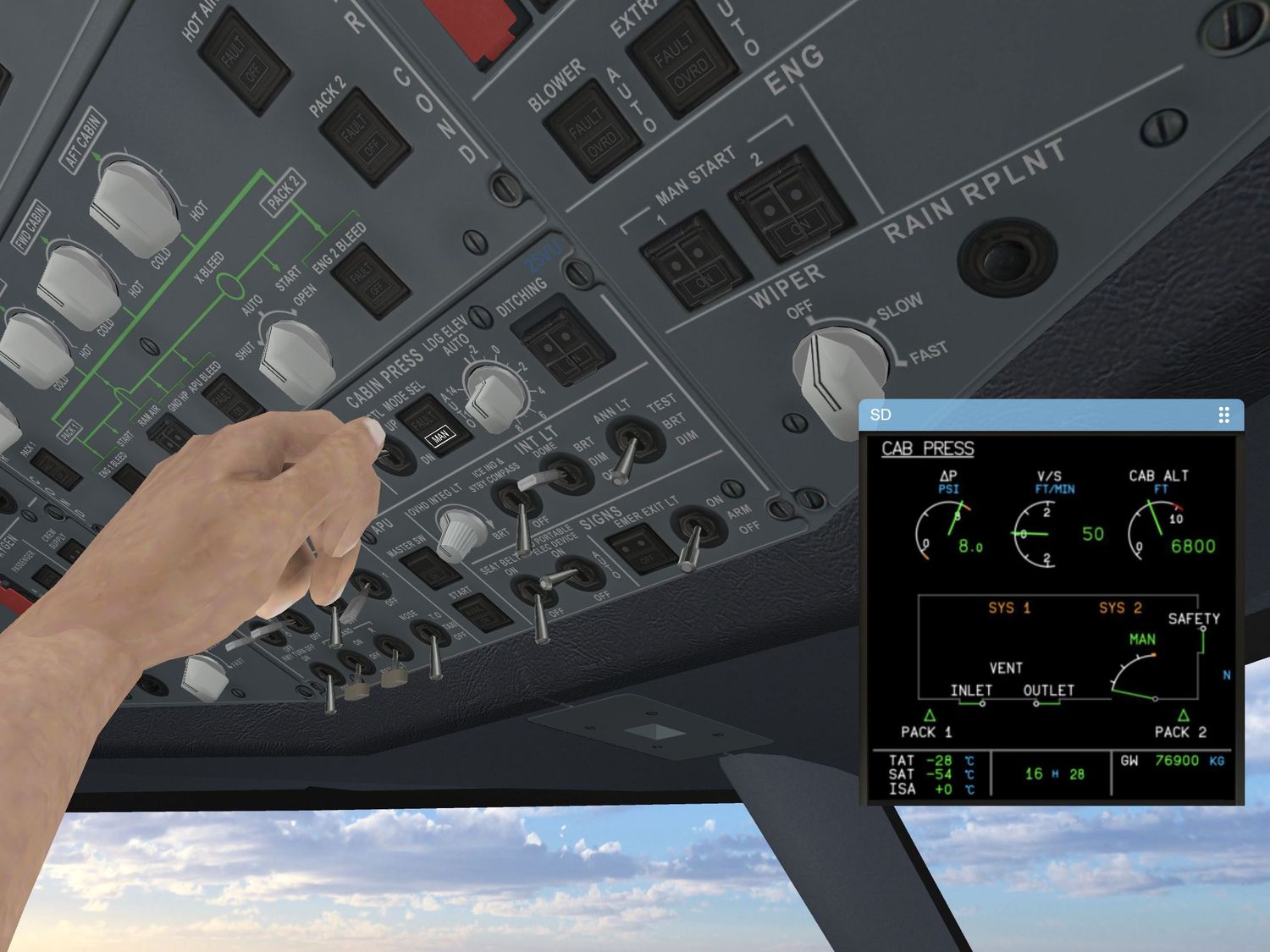Airbus announced that it has begun working on the successor to the A320 family, which is expected to enter service by the mid-2030s. This marks the start of a program aimed at replicating the success of the product that propelled the manufacturer to the forefront of the aviation industry three decades ago and eventually became the best-selling commercial aircraft in history, surpassing the Boeing 737.
The European aviation giant is currently focused on two distinct projects. Airbus’ first project revolves around a small aircraft capable of covering approximately 1,000 miles (1,600 kilometers) and powered by hydrogen. The second aims to develop a short- to medium-range successor for the A320, using sustainable aviation fuel. «We are in the testing phase,» explained Guillaume Faury, CEO of Airbus. «The tests involve wings with a larger span, with certain adaptability features in the air. We are also evaluating propulsion systems.»
Related: Airbus 2023 financial results: a year of soaring success
The single-aisle market dominates commercial aviation, representing the majority of aircraft and being the primary source of revenue for both Airbus and Boeing. While these two companies have maintained a duopoly for decades, in recent years, the European giant has gained an advantage. The challenges Boeing faces with its 737 MAX model—the direct competitor to the A320—are the main reason for this shift.
Currently, both companies have opted for derivatives of their single-aisle aircraft. Advancements in engine technology have exhausted the current capabilities of the fuselages. This necessitates a completely new design. Thus, the successor to the Airbus A320 series will introduce a new platform and is scheduled to enter service in the second half of the next decade. Seating capacities for these models will vary from approximately 140 to 240 people, depending on the subtype and configuration.
Faury emphasized that the design of Airbus’s new aircraft will depend heavily on the engine selection. Airbus is exploring various options, including the CFM RISE open rotor engine.


Comentarios
Para comentar, debés estar registrado
Por favor, iniciá sesión